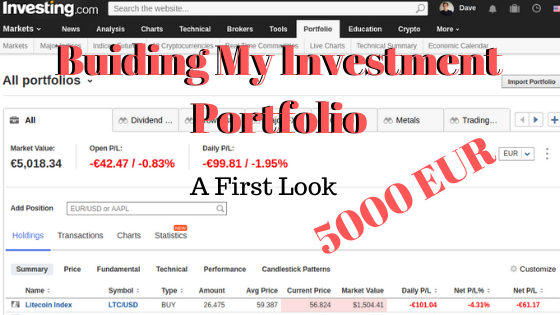 |
| Ten reasons to use Ubuntu |
When I tell people all of my personal computers run on Ubuntu Linux, most people know what I am talking about. Some of them then ask me: why? Aren’t the other existing systems any good. Well, the truth is, they are good and in some ways, they are very good. But there is more to an operation system, then it being technically good. As our world, or at least my world is becoming more and more dependent on computer and software for it’s every day functioning there are other reasons to consider when choosing the software you use to do your everyday stuff, like shopping and online banking.
So here are the 10 reasons why I use Ubuntu on all my personal computers:




